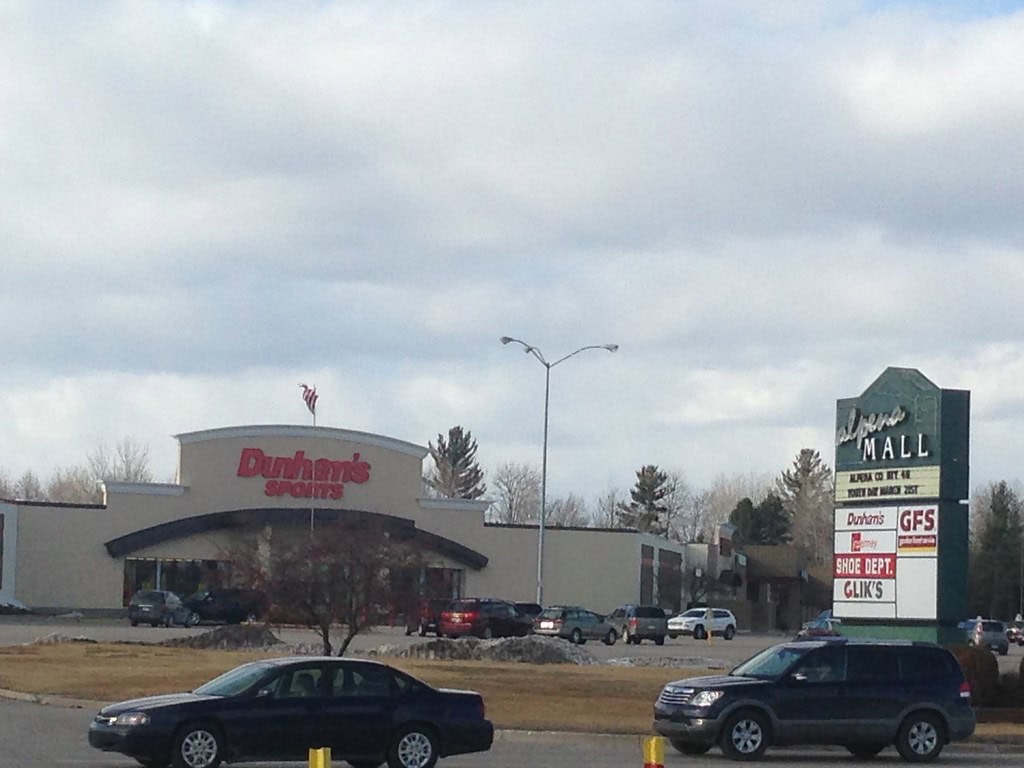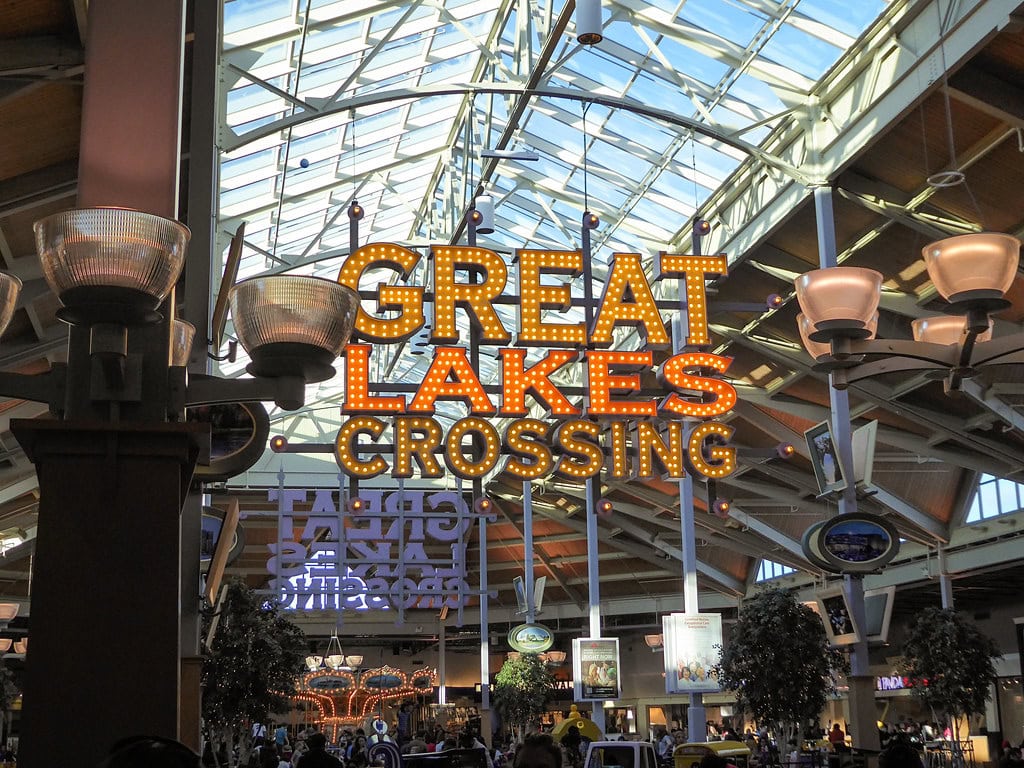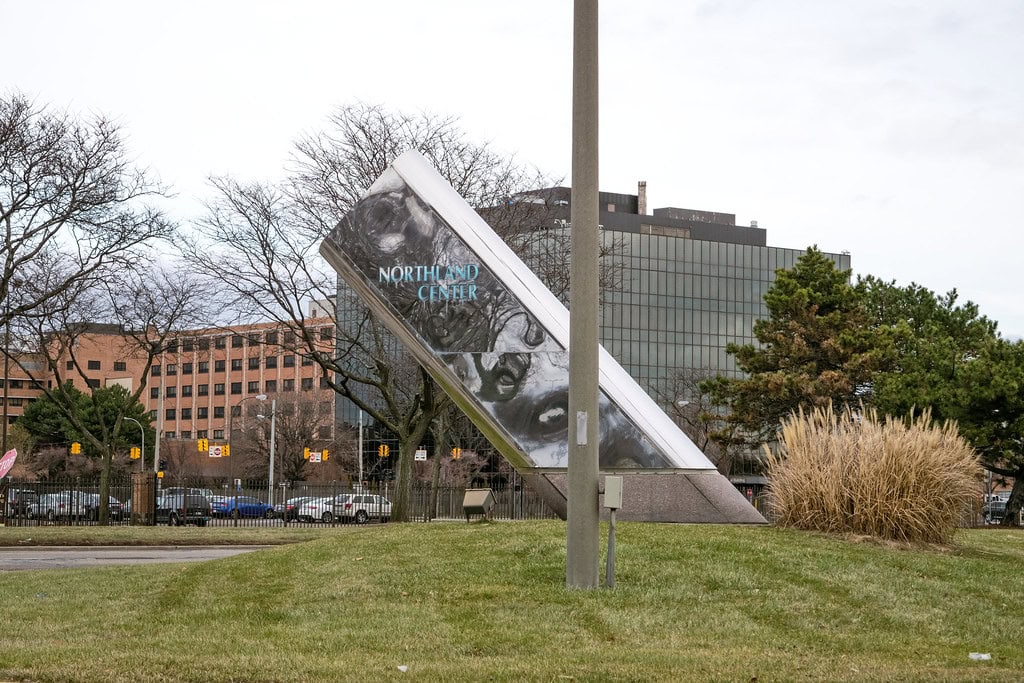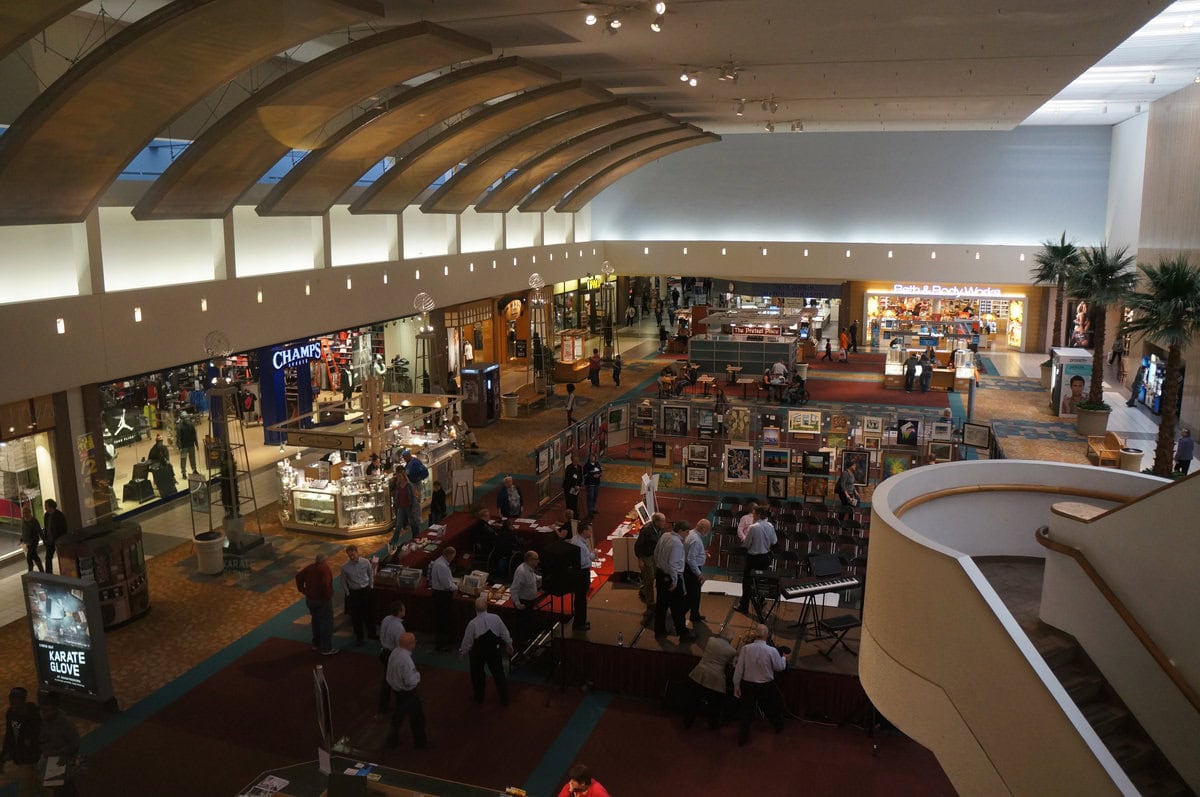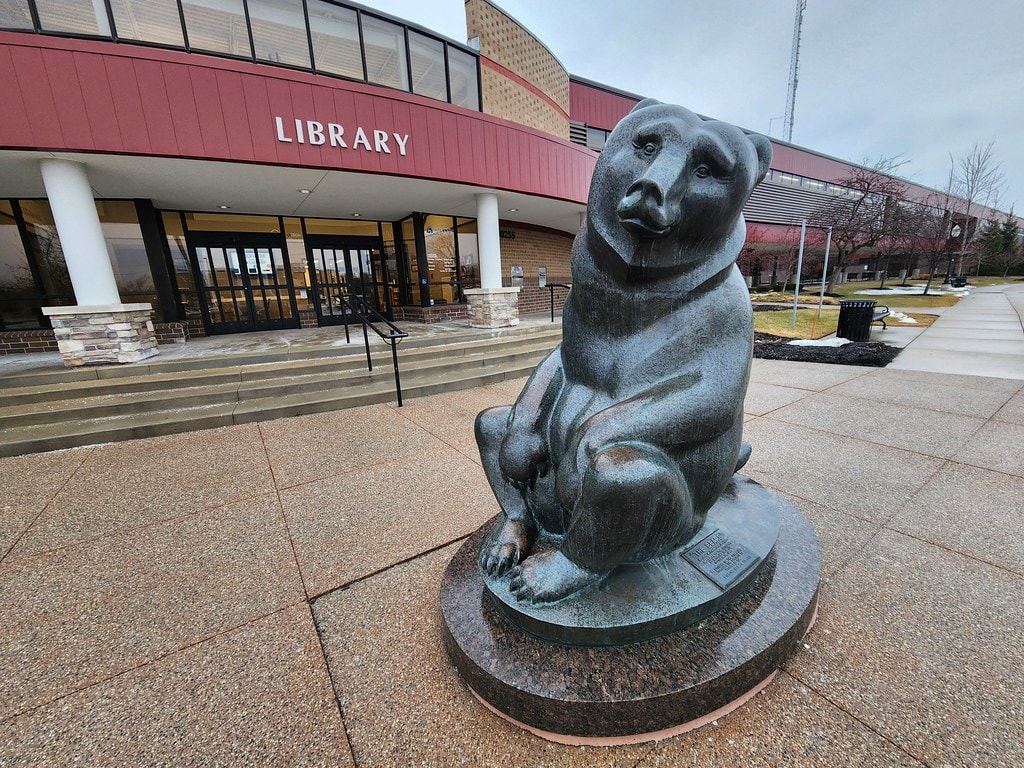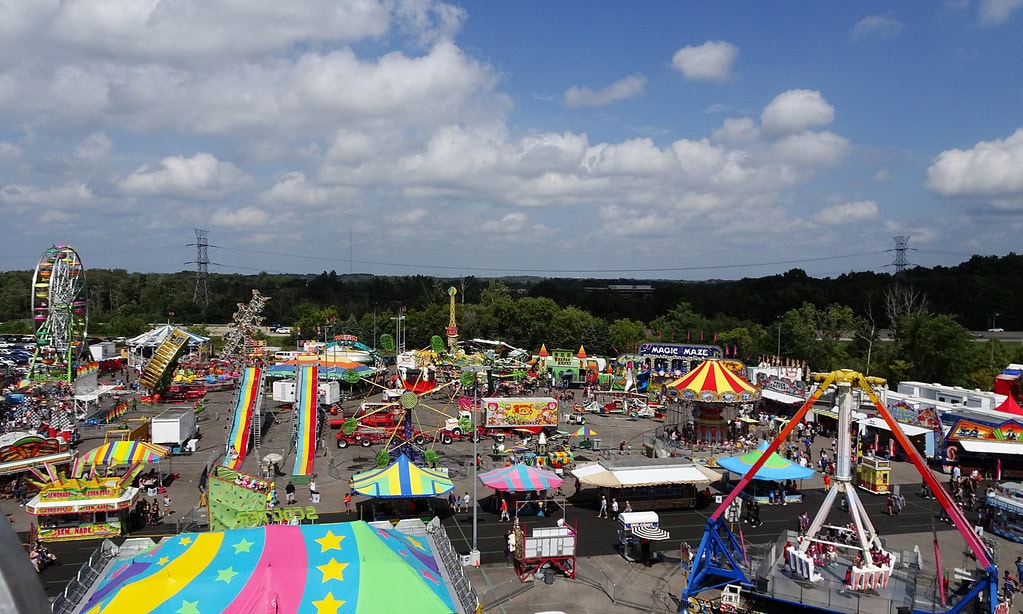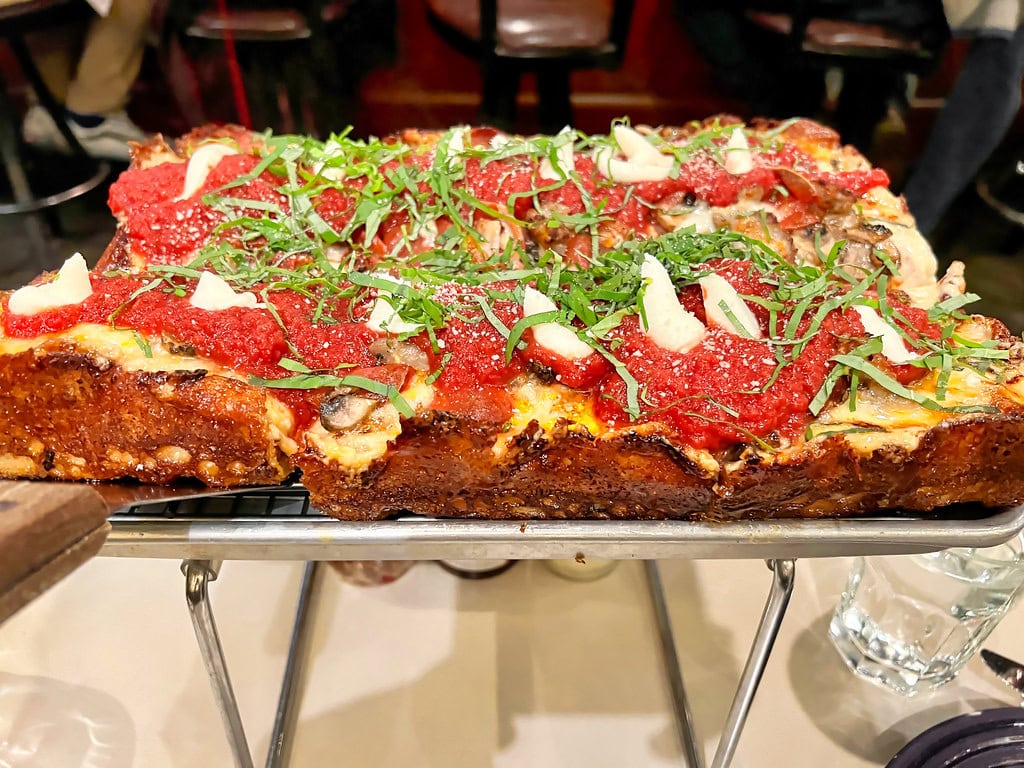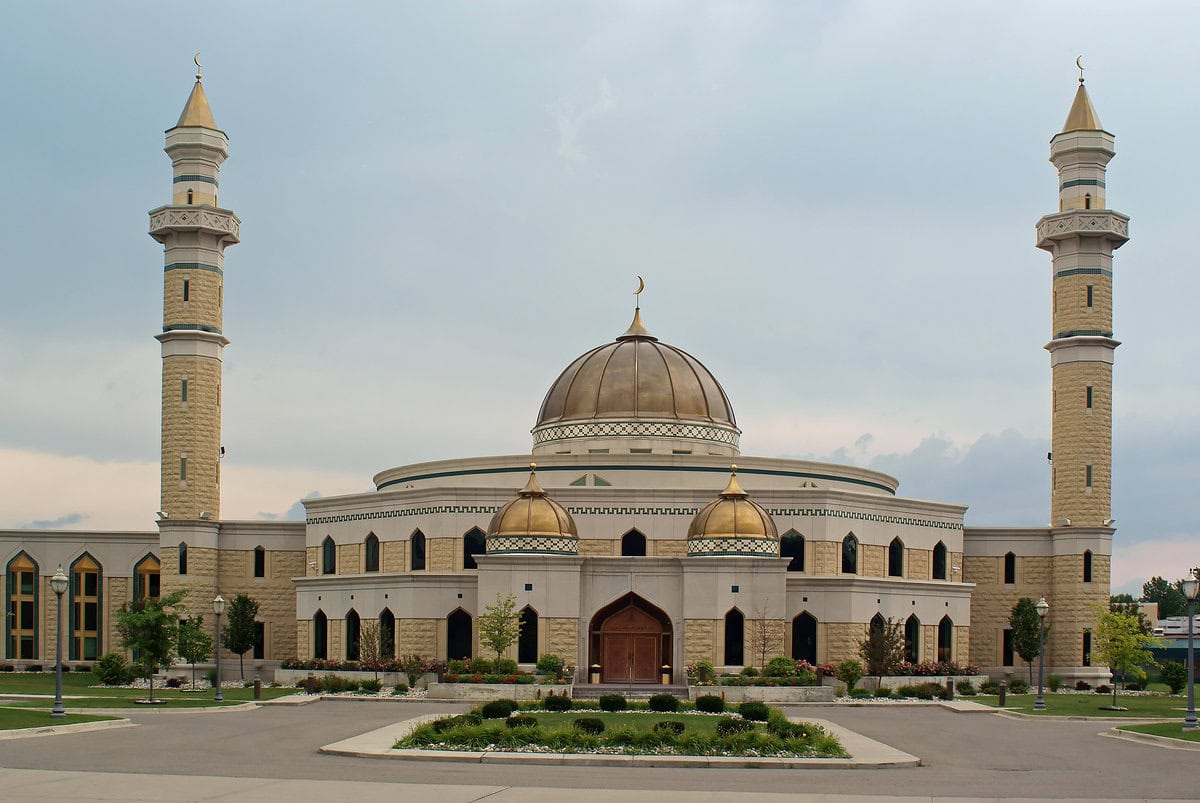You Haven't Heard All the Stories
You've seen the Ford signs, the museum, the roads named after men in suits, but there are pieces of Dearborn that don't come up much.
Some were built big and then forgotten, others stayed tucked in plain sight, and a few were nearly erased except for one strange detail.
This is a set of those ten facts from Dearborn's past that didn't make the cut for school lessons, but still shape what's here now, block by block.
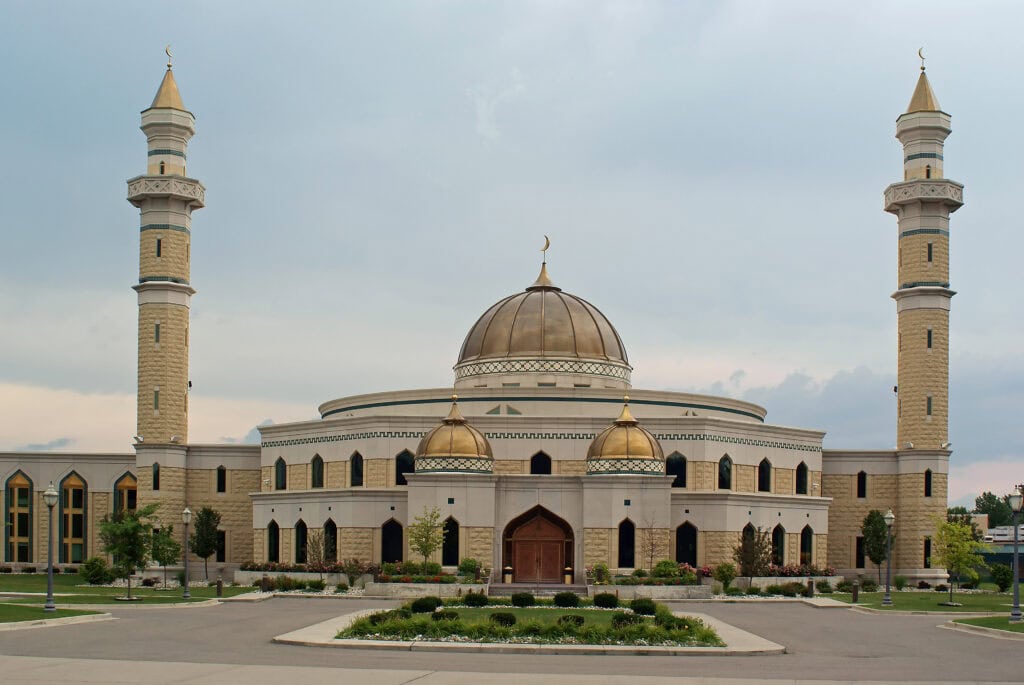
Dearborn Was Born Out of Fear of Detroit Annexation
By the 1920s, Detroit was annexing nearby suburbs as the auto industry fueled its growth.
To avoid being absorbed, Dearborn merged with the neighboring city of Fordson in 1928.
Voters backed the move as a way to preserve independence and give the area more political weight against Detroit.
The new city kept the name Dearborn and brought major industrial sites, including Ford's factories, within its boundaries.
This decision set the boundaries still recognized today and explains why Dearborn exists as a separate city instead of becoming part of Detroit's municipal sprawl.
The Drive-In That Once Ruled the World
The Ford-Wyoming Drive-In Theater opened in 1950 with just one screen and a capacity for 750 cars.
Over time, it grew to nine, eventually becoming the largest drive-in theater in the world.
At its busiest, it could hold more than 3,000 cars.
Patrons paid by the carload, and the snack bar, selling popcorn, candy, and hot dogs, carried the business through slow nights.
As other drive-ins shut down across the country, this one stayed open, outlasting hundreds.
It now operates five screens and holds about 2,500 cars.
As the only drive-in still running in Metro Detroit, it carries on a tradition from the golden age of American car culture while still drawing nightly crowds to its lot.
The Ford Rotunda Drew Bigger Crowds Than the Statue of Liberty
Originally built for the 1934 Chicago World's Fair, the Ford Rotunda was later taken apart and rebuilt in Dearborn as an exhibition center.
Its circular, modernist design made it stand out. Inside, Ford showed off its newest cars and concepts for the future of transportation.
By the 1950s, it was drawing more visitors each year than the Statue of Liberty.
The auto shows drew steady crowds, but it was the elaborate Christmas displays that turned into a seasonal tradition.
In 1962, a fire swept through the building and destroyed it. Ford never rebuilt.
What had once been one of the city's biggest attractions vanished overnight.
The site had remained empty for decades until the Michigan Technical Education Center was built in 2000.
Buckminster Fuller's Futuristic House Survived Here
In the Henry Ford Museum, visitors can step inside the world's only surviving prototype of Buckminster Fuller's Dymaxion House.
Fuller designed it in the 1940s as a solution for affordable, mass-produced housing.
Built of lightweight aluminum and supported by a central mast, the circular house was meant to be easy to ship and assemble.
The design never took off commercially, but Dearborn kept the structure intact.
It stands as a reminder of one of the more ambitious experiments in mid-20th-century architecture.
The polished aluminum walls, rounded corners, and compact interior show what housing might have looked like if the concept had caught on.
Instead, it remained a one-off: efficient, futuristic, and ultimately abandoned by the market.
The Owl Night Lunch Wagon Lives On
One of the last surviving night lunch wagons, predecessors to the modern diner, now rests in Dearborn's Henry Ford Museum.
The wagon once served workers, travelers, and late-night diners before the rise of fixed-location restaurants.
It was a rolling kitchen with stools along the counter and a stove at the back, providing hot meals long before fast food chains appeared.
The Dearborn museum saved it from being scrapped, recognizing its place in the evolution of American eating habits.
Today, it represents a time when Meals on Wheels meant hand-built wooden wagons, not trucks parked at food festivals.
A Mosque That Holds a Record
The Islamic Center of America in Dearborn is the largest mosque in North America.
It was founded in 1949 and moved into its current building in 2005, a structure that holds more than 3,000 people.
The gold dome and twin minarets rise above Ford Road, visible from blocks away.
Inside, the center hosts Friday prayers, weddings, school programs, and public events.
It's more than a place of worship; it functions as a center of daily life for much of Dearborn's Arab American community.
For outsiders, it signals the city's deep, decades-long ties to Muslim migration and settlement in the U.S.
The Oldest Building Still Stands at the Arsenal
The Commandant's Quarters, built in 1833 as part of the Detroit Arsenal, is the oldest building in Dearborn still standing on its original site.
It served as housing for the arsenal's commanding officer while the complex supplied weapons and ammunition to the U.S. Army through much of the 19th century.
When the arsenal shut down in 1875, the quarters shifted to city use and eventually became part of the Dearborn Historical Museum.
The restored brick house now offers tours and exhibits, a direct link to the city's early federal presence.
Henry Ford's Estate Had Its Own Power Plant
Henry Ford's Fair Lane estate in Dearborn was built with self-sufficiency in mind.
The 1,300-acre property included a private hydroelectric power plant, greenhouse, boathouse, stables, and even a treehouse.
Designed with help from architect Frank Lloyd Wright and landscape architect Jens Jensen, the grounds blended engineering with natural beauty.
The estate served as Ford's home from 1915 until he died in 1947. Parts of the estate are preserved today as a National Historic Landmark.
Visitors can still see how Ford engineered his personal life around the same control and innovation he brought to the factory floor.
A Hotel Was Built for Air Travelers in 1931
The Dearborn Inn opened in 1931 as one of the nation's first airport hotels.
Henry Ford had it constructed across from the Ford Airport to serve pilots, passengers, and business travelers.
The Georgian-style building included not only guest rooms but also a row of Colonial Revival homes that functioned as hotel accommodations.
The inn became a landmark for travelers and has hosted figures such as Walt Disney and Ronald Reagan.
After extensive renovations, it reopened in 2025 as a Marriott-managed property.
The hotel remains a functioning piece of early aviation history that continues to operate in Dearborn.
Edison's Last Breath Is Kept in Dearborn
Inside the Henry Ford Museum, a sealed test tube labeled "Edison's Last Breath" sits quietly in a display case.
The tube was said to have been sealed by Edison's son at the moment of his father's death in 1931 and then given to Henry Ford, who admired Edison as both friend and mentor.
While some historians debate the exact origins of the vial, it remains on view as one of the museum's strangest objects.
Visitors find it alongside Edison's other artifacts, including early light bulbs and phonographs, making Dearborn the unlikely keeper of an inventor's supposed final breath.

